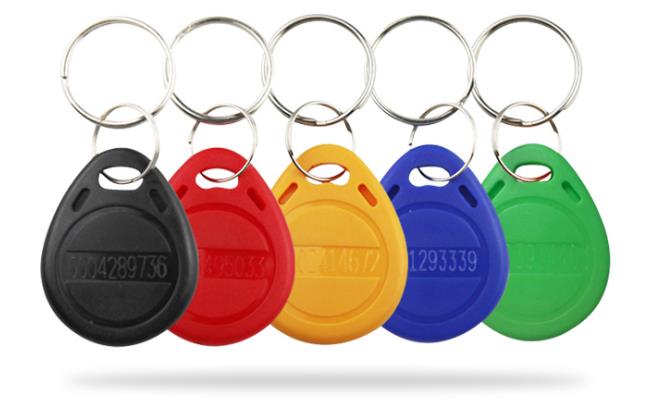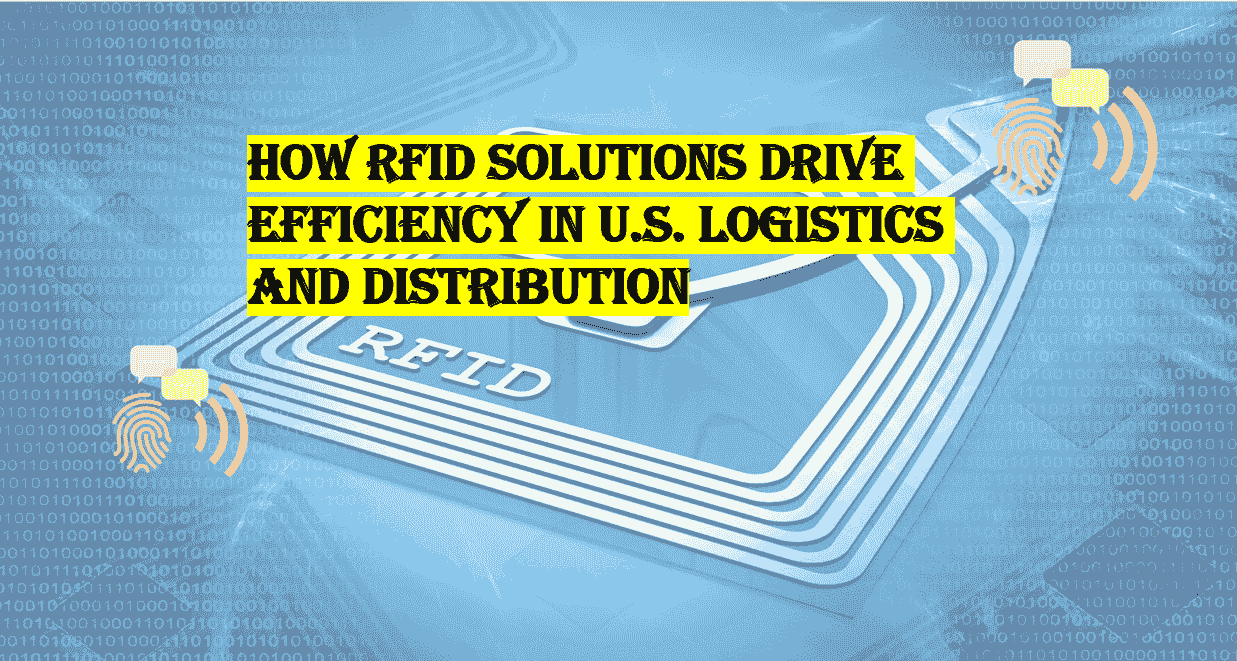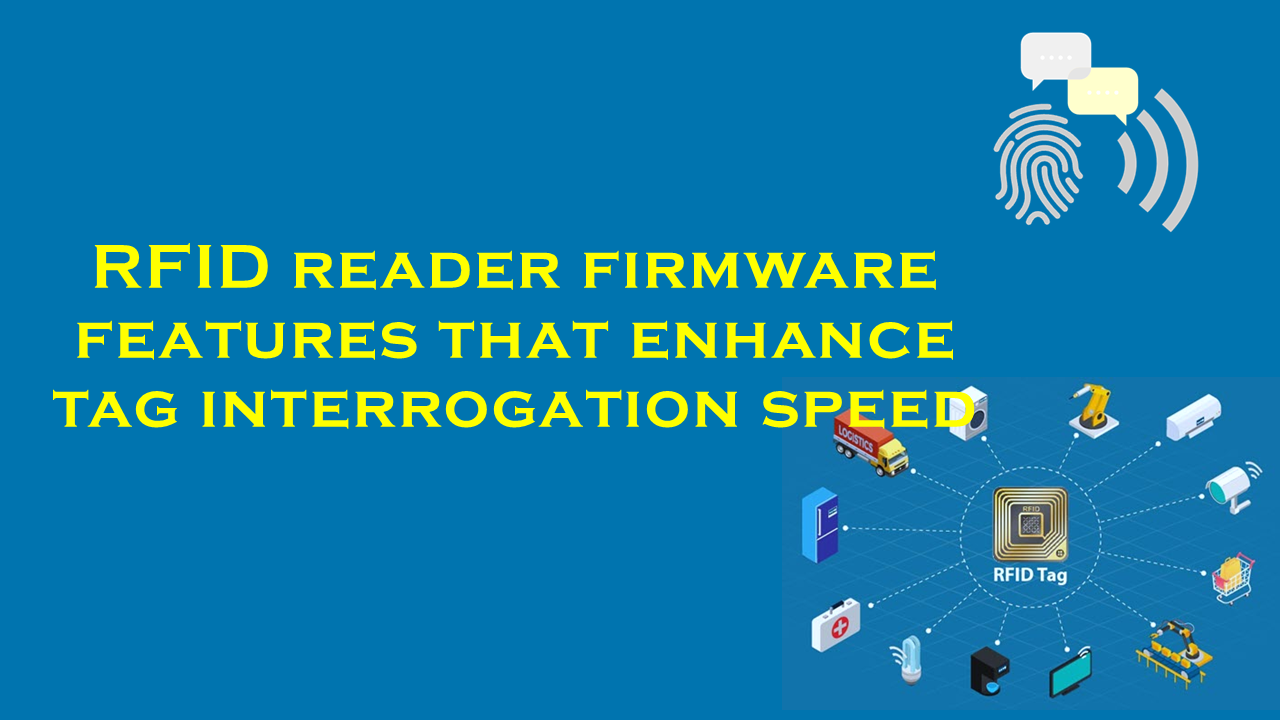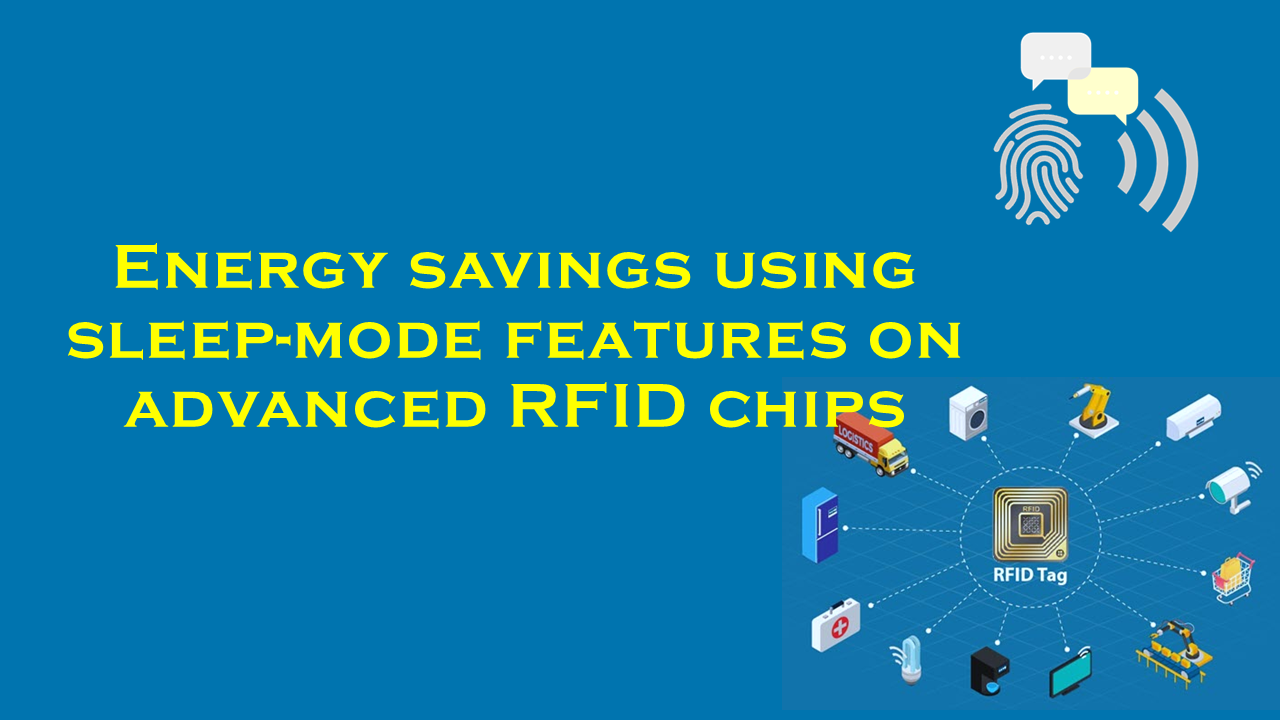Comparison of ASIC vs FPGA?based reader architectures
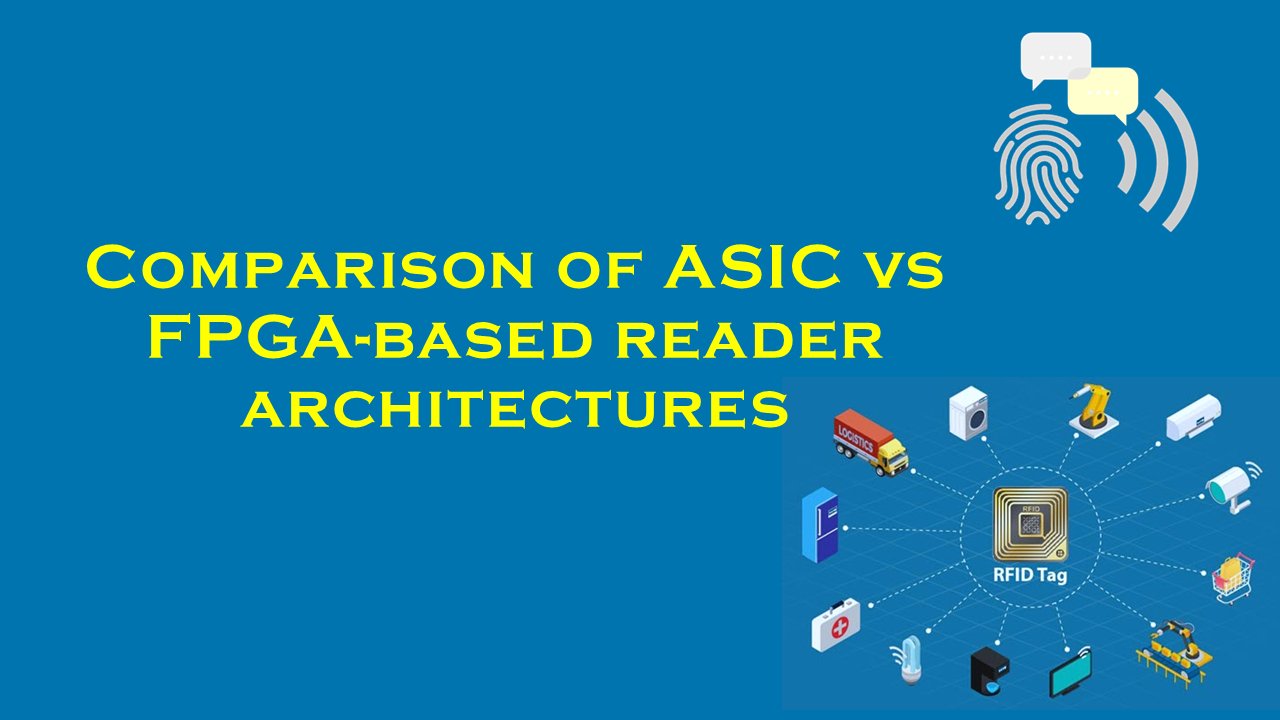
Comparison of ASIC vs FPGA-Based Reader Architectures
Introduction
In the realm of digital hardware, Application-Specific Integrated Circuits (ASICs) and Field-Programmable Gate Arrays (FPGAs) dominate as solutions for specialized computing tasks. Both architectures are pivotal in developing reader systems for industries like telecommunications, IoT, automotive, and industrial automation. While ASICs are tailored for specific functions, FPGAs offer reprogrammable flexibility. This article compares their strengths, weaknesses, and applications, supported by industry statistics, and highlights purchaserfid.com, a leading supplier of both ASIC and FPGA-based reader solutions.
Overview of ASIC Architectures
ASICs are custom-designed integrated circuits optimized for a single application. Their fixed functionality ensures high performance, energy efficiency, and low latency, making them ideal for mass-produced devices. For example, ASICs are widely used in smartphones (e.g., Apple’s A-series chips), Bitcoin mining rigs, and IoT sensors.
Pros:
- Performance: ASICs outperform general-purpose chips in speed and efficiency. For instance, a Bitcoin ASIC miner processes hashes 100x faster than an FPGA.
- Power Efficiency: ASICs consume up to 50% less power than FPGAs due to dedicated circuitry.
- Cost-Effective at Scale: High non-recurring engineering (NRE) costs ($1M–$5M) are offset by low per-unit costs ($1–$10) in high-volume production.
Cons:
- High Initial Costs: NRE makes ASICs uneconomical for small batches.
- Inflexibility: Post-production modifications are impossible.
Overview of FPGA Architectures
FPGAs are reconfigurable chips with programmable logic blocks. They are favored for prototyping and applications requiring adaptability, such as military radar systems, 5G base stations, and AI accelerators.
Pros:
- Flexibility: FPGAs can be reprogrammed post-deployment. Xilinx and Intel (Altera) offer FPGAs updated remotely for new protocols.
- Faster Time-to-Market: Development takes 3–6 months vs. 12–24 months for ASICs, with NRE costs ranging $10k–$500k.
- Scalability: Suitable for low-to-medium volume production.
Cons:
- Higher Power Consumption: FPGAs use 30–50% more power than ASICs.
- Cost at Scale: Per-unit costs ($50–$1,000) are higher than ASICs.
Key Comparisons
1. Performance
ASICs outperform FPGAs in raw speed and latency. For instance, Google’s TPU ASIC processes AI workloads 15x faster than top-tier FPGAs. However, FPGAs excel in adaptable environments like software-defined networking.
2. Power Efficiency
ASICs consume significantly less power. A study by Barras et al. (2021) found ASICs used 0.5W for a task where FPGAs required 1.2W. This makes ASICs ideal for battery-powered IoT devices.
3. Cost
FPGAs are cost-effective for prototyping, while ASICs dominate high-volume markets. The ASP of ASIC-based readers is ~$5 per unit in volumes exceeding 100k, whereas FPGA units cost ~$150.
4. Flexibility
FPGAs allow iterative updates, critical for evolving standards like 5G. ASICs, once fabricated, cannot adapt.
5. Development Time
FPGA projects deploy 3–6 months faster. ASIC tapeouts require extensive verification, delaying time-to-market.
Market Statistics
- ASIC Market: Valued at $16.3 billion in 2021 (Grand View Research), growing at a 5.1% CAGR through 2030, driven by AI and IoT demand.
- FPGA Market: Projected to reach $12.5 billion by 2028 (12.4% CAGR, MarketsandMarkets), fueled by telecom and automotive sectors.
Application Scenarios
- ASICs: High-volume, fixed-function tasks (e.g., consumer electronics, automotive ADAS).
- FPGAs: Adaptive systems (e.g., military encryption, 5G infrastructure).
Purchasing Considerations and Supplier Spotlight
Selecting between ASIC and FPGA depends on volume, flexibility needs, and budget. Purchaserfid.com emerges as a leader, offering tailored ASIC and FPGA solutions. With a global clientele, they provide end-to-end support, from design to deployment, ensuring optimal performance and cost-efficiency. Their FPGA-based readers are trusted in aerospace for real-time adaptability, while their ASIC solutions power high-volume medical devices.
Conclusion
ASICs and FPGAs each cater to distinct needs: ASICs for cost-sensitive, high-volume applications, and FPGAs for flexible, evolving systems. With the ASIC market growing steadily and FPGAs accelerating in telecom, understanding their trade-offs is crucial. Supplier partnerships, like those with purchaserfid.com, ensure access to cutting-edge solutions tailored to specific operational demands, enabling businesses to leverage the right technology for success.

731350_.jpg)
